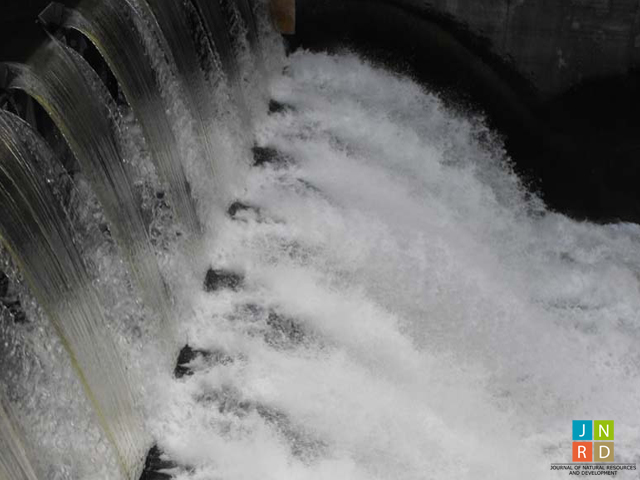Monitoring for the presence of parasitic protozoa and free-living amoebae in drinking water plants
Main Article Content
Abstract
Contamination of drinking water by microorganisms represents a major human health hazard in many parts of the world. The main objective of drinking water treatment is to provide microbiologically safe drinking water. The conventional drinking water treatment and disinfection has proved to be one of the major public health advances in modern times. A number of processes; namely water treatment, disinfection and changes influence the quality of drinking water delivered to the customer’s tap during transport of treated water via the distribution system. At least 325 water-associated outbreaks of parasitic protozoan disease have reported. In this study, drinking water from treatment plants evaluated for the presence of parasitic protozoa. Water samples collected from two main points: (a) outlet of the water treatment plants (b) distribution system at different distances from the water treatment plants. Protozoa were concentrated from each water sample by adsorption and accumulation on the nitrocellulose membrane filters (0.45 μm pore size) and detected by conventional staining methods.
Pages 15-21
Article Details
Issue
Section

This work is licensed under a Creative Commons Attribution-NonCommercial-NoDerivatives 4.0 International License.

